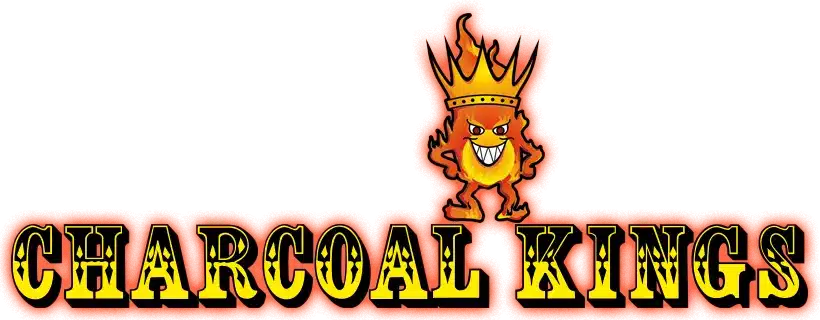Hardwood Charcoal or Briquettes
What’s the best form of charcoal? Hardwood lump charcoal? Charcoal briquettes?
A lot of cooks swear by one fuel or another…
The secret to successful cooking is controlling variables, the most important of which is heat. Our goal is to get a fuel that burns the same this Sunday as it did last Sunday.
Cut to the chase…
Here’s a look at a couple different types of charcoal.
How charcoal is made…
The process of making charcoal is ancient, with archaeological evidence of charcoal production going back about 30,000 years. Making charcoal is still practised at home in third world economies such as Haiti.
Charcoal is mostly pure carbon, called char, made by cooking wood in a low oxygen environment, a process that can take days and burns off volatile compounds such as water, methane, hydrogen, and tar. In commercial processing, the burning takes place in large concrete or steel silos with very little oxygen and stops before it all turns to ash. The process leaves black lumps and powder, about 25% of the original weight.
When ignited, the carbon in charcoal combines with oxygen and forms carbon dioxide, carbon monoxide, water, other gases, and significant quantities of energy. It packs more potential energy per ounce than raw wood. Char burns steady, hot, and produces less smoke and fewer dangerous vapours.
Because charcoal burns hotter, cleaner, and more evenly than wood, it was used by smelters for melting iron ore in blast furnaces, and blacksmiths who formed and shaped steel.
Hardwood lump charcoal
Hardwood lump is the next best thing to cooking with hardwood and it is fashionable for the same reasons that “organic” food is fashionable. It has this aura of being more natural. Some of the varieties include; Cherry, mesquite, coconut shell, and tamarind.
Hardwood lump charcoal is made from hardwood scrap from sawmills and from flooring, furniture, and building materials manufacturers. Branches, twigs, blocks, trim, and other scraps are carbonized. The result is lumps that are irregular in size, often looking like limbs and lumber. Often they are carbonized to different degrees because there are so many different size lumps.
Lump leaves little ash since there are no binders as in briquettes. This is important in some cookers don’t have a lot of room for ash to collect during long cooks without blocking airflow.
Charcoal briquettes
Patented in 1897 by Ellsworth Zwoyer, the briquette really took off when, in the 1920s, Henry Ford, in collaboration with Thomas Edison and EB Kingsford, made lots of them from sawdust and wood scraps from Ford’s Detroit auto plants. Cars bodies were made with a lot of wood in those days. So Ford not only brought the world affordable cars, he created an industry that made backyard barbecue easy.
Briquettes typically produce more ash than hardwood lump since they contain more non-combustible materials. Some cooks complain about these additives, but there’s a lot to be said for a fuel source that is rock solid consistent from bag to bag. There are too many variables in outdoor cooking, and having a reliable steady heat source is crucial.
Some people say they can taste the additives in their food. Self-igniting Match-Light charcoal, which has mineral spirits added to promote ignition, is a different story. US Government regulators say it is safe if you follow instructions, but I think they can taint the food. I don’t use the stuff and I don’t recommend it. Charcoal is easy to light with chimneys and I highly recommend them.
In Asia, coconut wood, ground to sawdust is compressed and extruded in 3″ diameter logs, then carbonized, and cut into briquettes. And no, it doesn’t taste like coconut.
Bottom line…
Charcoal is for heat, not flavour. If you want flavour, it will come from vaporized drippings, laden with fats, sugars, and proteins, or from wood thrown on the coals, not to mention spice rubs, injections, marinades, and sauces. The quality of the raw food, seasoning, sauce, cooking temp, and serving temp far outweigh the impact of charcoal on outcome.
